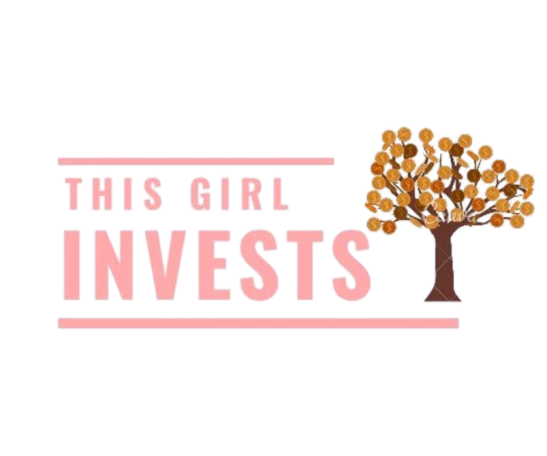How to start budgeting?
In my opinion, budgets is not one size fits all. They need to be personalized to suit you. A budget is a blueprint for where your money will travel so that you can be informed of what you wanna do with it.
If you ask a personal finance expert – ‘What is the first thing people need to learn to better their finances?’ He\she would promptly reply – They need to know where their money goes and build a budget. Knowing where your money is drifting to from your bank is vital for anybody. Proper budgeting saves you from an unforeseeable future and prepares you for unanticipated outlays e.g. that unexpected bill or expense.
But how do you make a budget you can actually stick to?
1. IT’S TIME TO SET SOME SMART GOALS
Begin with setting realistic goals for your money. They aid in making clever spending choices. Every goal you write down should be S.M.A.R.T;
· S – Specific
· M – Measurable
· A – Achievable
· R – Relevant
· T – Time-bound
Categorize your goals into – short term, medium-term and long term. Always check with the SMART rule before you set each one of them. Don’t exaggerate and set them out of your purview.
2. TRACKING INCOME AND EXPENSE
Knowing where you currently stand with your finances gives you a picture of your spending custom. Track your expenses for at least a month – Record them in a spreadsheet\ notebook\ use apps like Yolt or Emma. Don’t forget to collect your bills everywhere you swipe your card – they come in handy when you’re budgeting. (Or simply use a card like Starling or Monzo)
3. SET ASIDE FOR SEASONAL EXPENSES
Some expenses arise out of nowhere. They are usually unpredictable and just come up without any notice. Like – your child’s friend’s birthday party gift, medical emergencies at home, additional vacation expenses, etc. Ensure that the amount you set aside for these purposes is highly liquid (in other words, kept in cash, not invested) and doesn’t demand time for withdrawal (i.e. not in a fixed savings account)
4. DESIGN THE BUDGET
There are 2 main types we absolutely find handy and suit everybody.
· 50-30-20 budget
This is basically where you allocate 50% of your income towards necessities like food, clothing, shelter, transportation and 30% towards wants like entertainment, electronics, vacations, and 20% undeniably towards savings and investments.
· Zero-based budget
This popular Dave Ramsay method means to income (-) expense = $0. Each dollar of your income is assigned a purpose and diversified to meet its purpose – either towards expense or saving or investment.
While you have decided the type, now you need to decide on where you are gonna prepare it. A digital budget on Excel (check out our Budgeting Guide) is highly recommended. But if you prefer doing it the traditional pen-paper way - that works too.
5. RECORD AND PLAN AHEAD
Once you’ve decided how you want to budget, start drafting how you want your money to flow and automate it using your current accounts standing orders and direct debits. Before a month commences, take time to survey and frame the budget yourself.
I’ve been there – ‘not all that is planned is perfectly executed’. There might be highs and lows, few expenses might have gone out of control. But ITS ALRIGHT, you’ll get it with practice.
But don’t ever forget to review and compare your budget and actuals before you prep the budget for the next month. RECTIFYING YOUR ERRORS IS IMPORTANT!! It helps you have a clearer picture of where your finances really are.
Phew! I know it might sound like a lot in the beginning – but I tell you, budgeting will take you a long way ahead in your path to financial excellence.
KEEP BUDGETING AND INVESTING YOU INVESTOR!!
